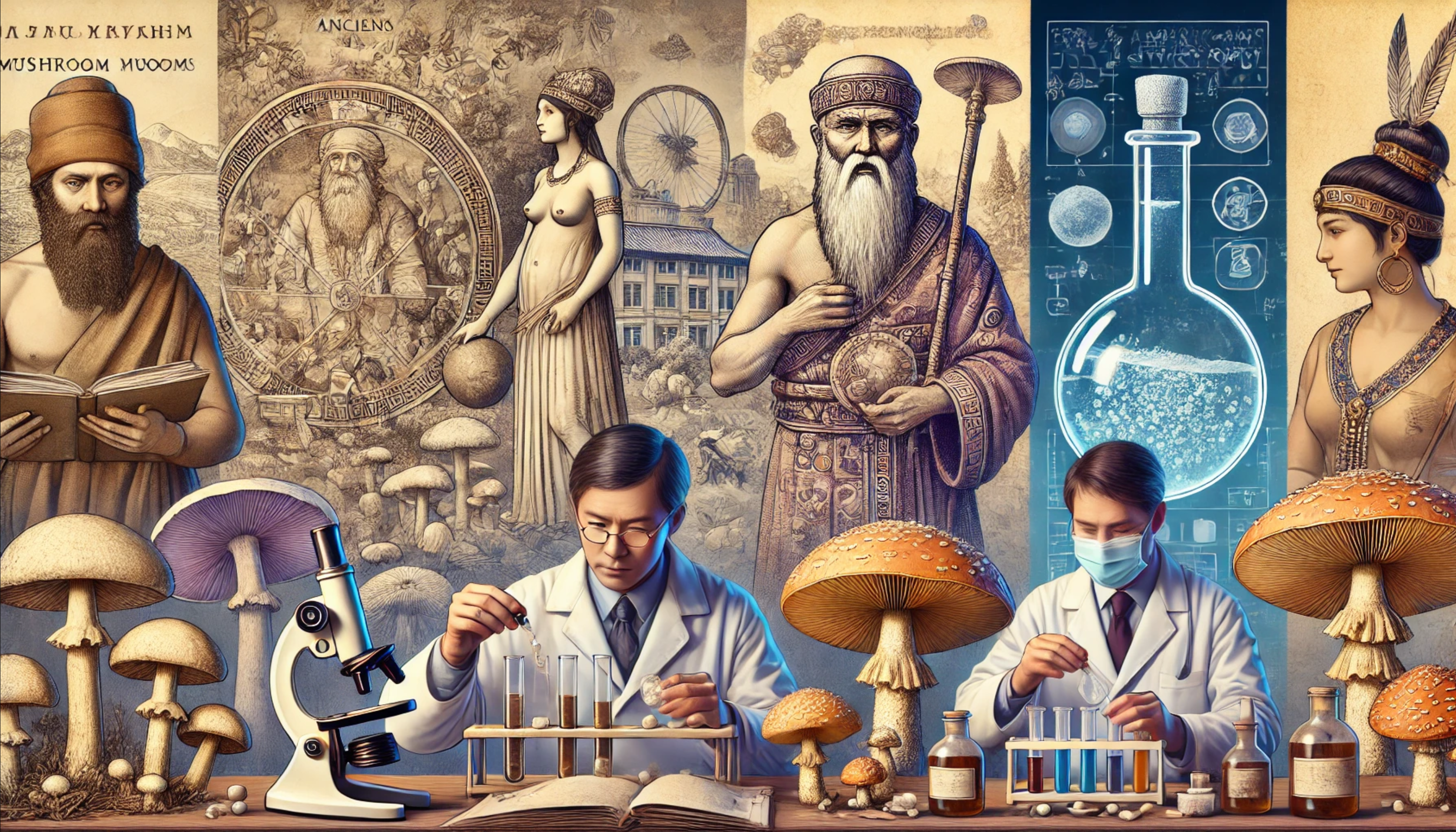
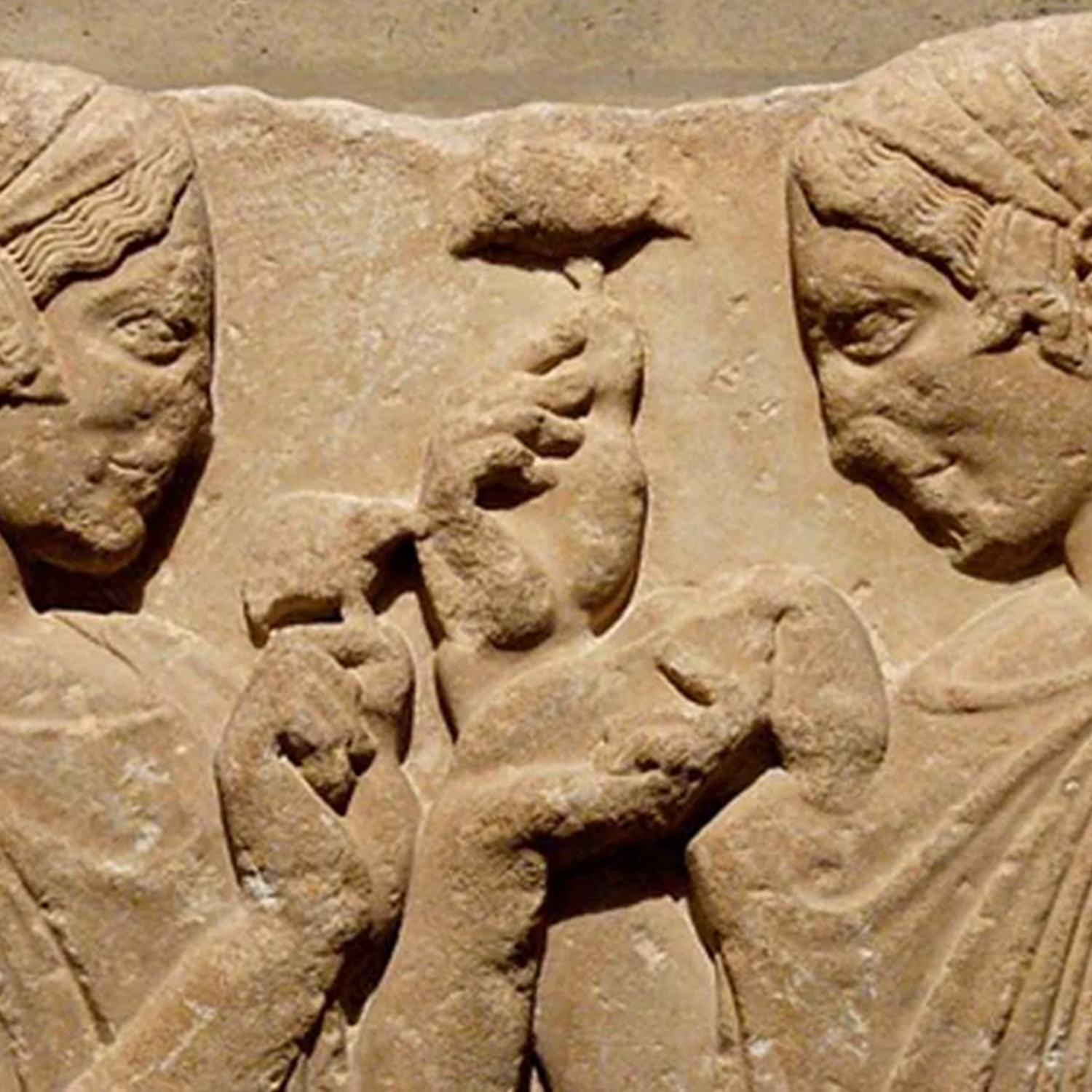
Ancient Medical Use of Mushrooms
For thousands of years, mushrooms have been used as medicine by various cultures. Around 450 BCE, the Greek physician Hippocrates recognized the amadou mushroom (Fomes fomentarius) for its anti-inflammatory properties and use in cauterizing wounds. In the 5th century, the alchemist Tao Hongjing documented several medicinal mushrooms, including ling zhi (Ganoderma lucidum) and zhu ling (Dendropolyporus umbellatus), reportedly in use since the time of Shennong. Ötzi, the Ice Man, who lived nearly 5300 years ago, carried amadou and birch polypore in a pouch for survival in the Alps. Indigenous peoples of North America used puffball mushrooms (Calvatia genus) as wound healers.
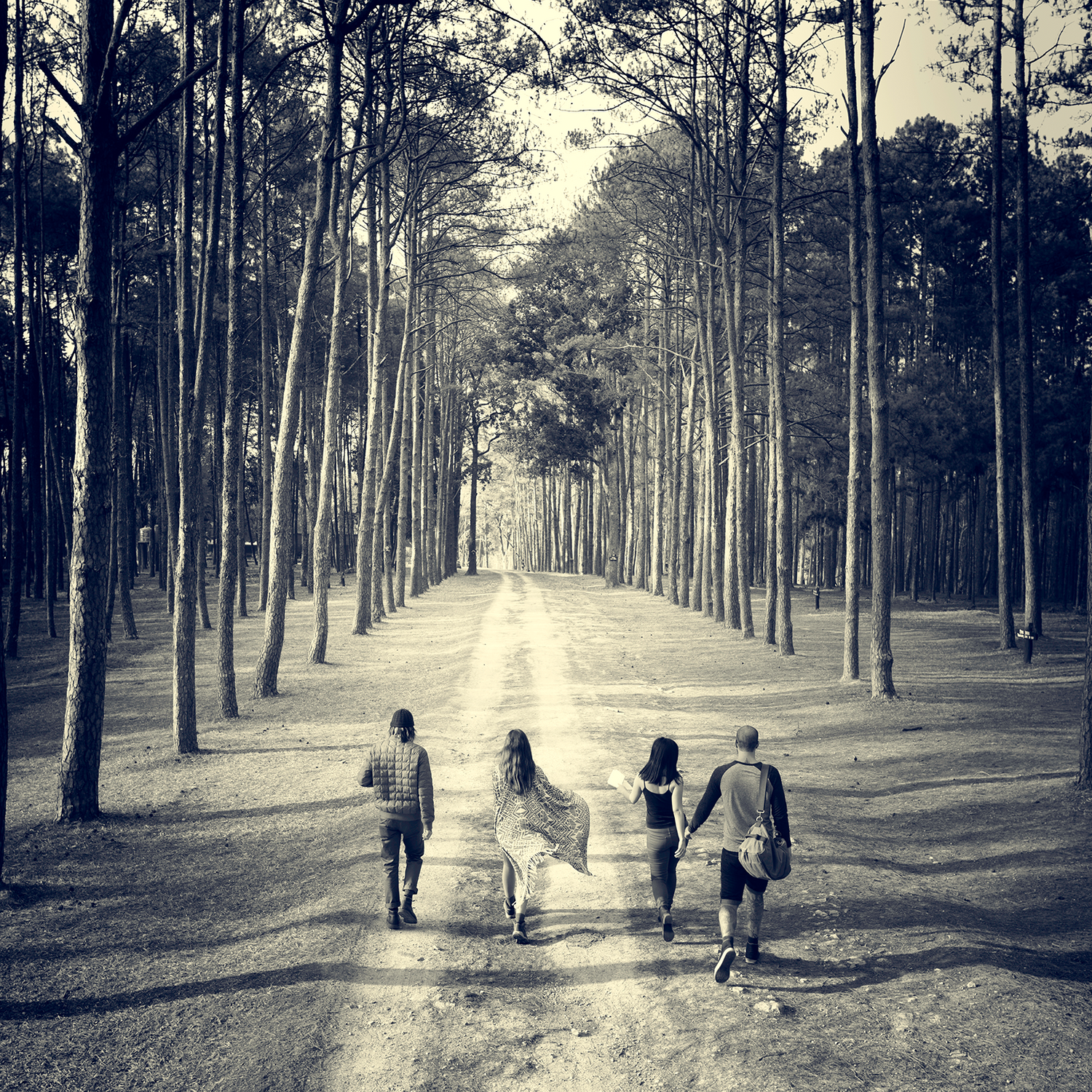
Rediscovery and Modern Research
Although the medical field has been slow to embrace mushrooms, modern science is now rediscovering their potential. This renewed interest is driven by advances in tissue culture and testing methods, revealing that mushrooms like G. lucidum contain a wealth of active compounds. Mushrooms produce a vast array of unique substances, many of which are medically valuable, akin to miniature pharmaceutical factories. Their transient nature might explain the delayed scientific exploration of their properties. Some mushrooms can nourish, heal, or even be toxic, highlighting their diverse chemical makeup.
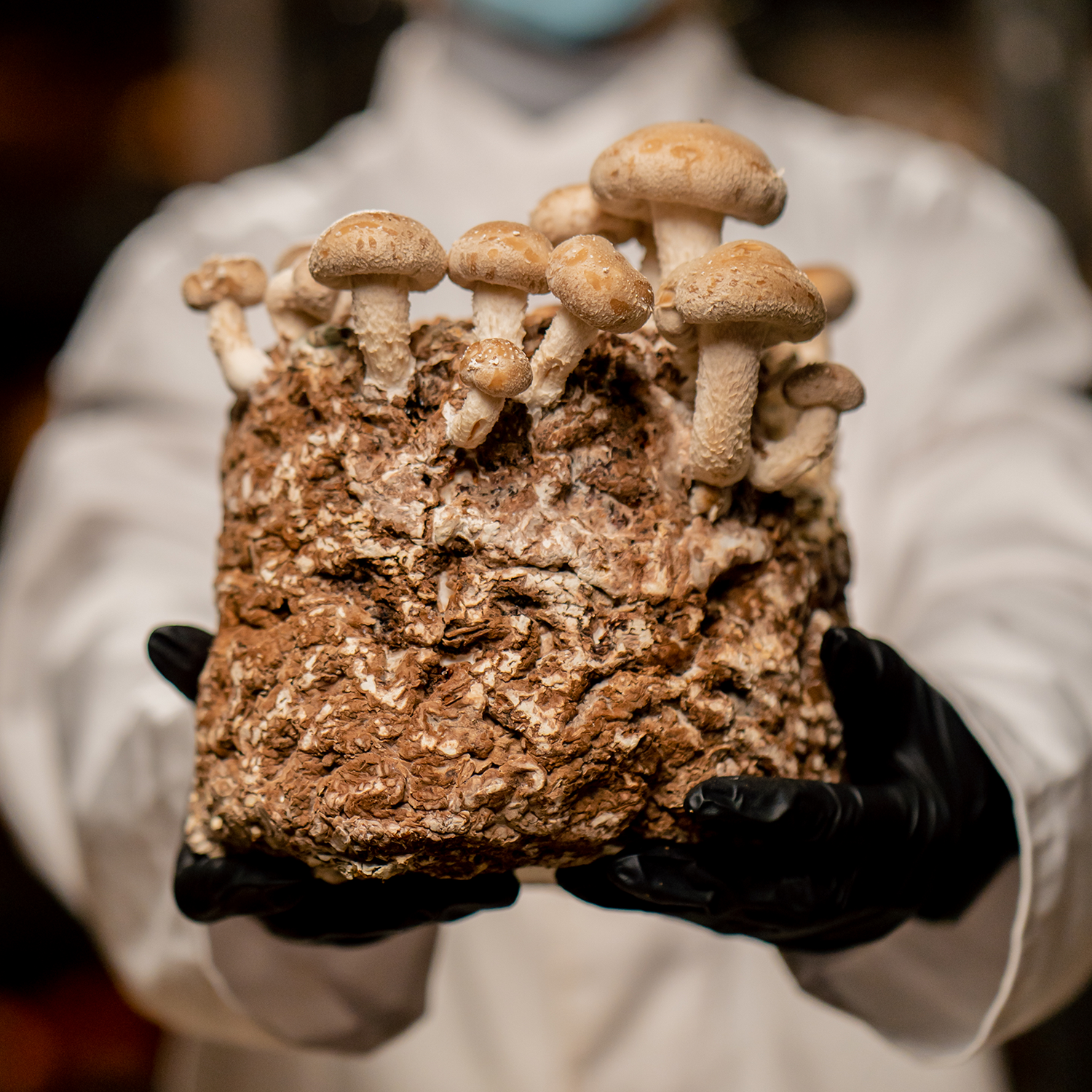
The Longevity and Complexity of Mycelium
While most mushrooms have a short lifespan, their mycelium can persist for centuries, forming complex networks that fend off microbial predators. This interaction with microbes likely contributes to their medicinal properties for humans. Fungi produce chemicals to defend themselves, which also benefit humans, revealing an evolutionary relationship where humans coevolve with their environment and its medicinal resources. The ability to distinguish toxic from safe mushrooms and the physiological adaptation to their chemicals were crucial for human survival.
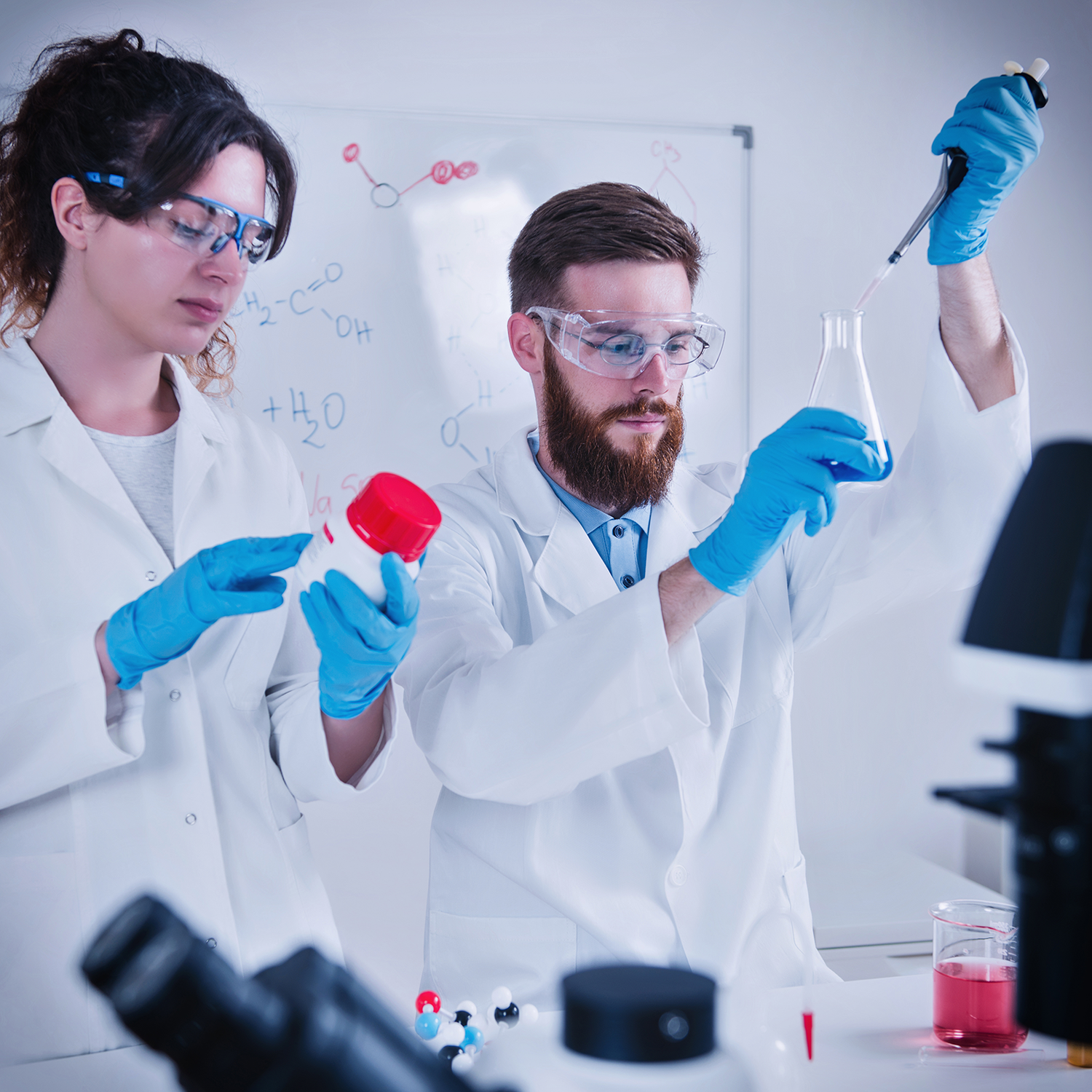
Modern Science and the Future of Medicinal Mushrooms
Modern research, such as the review by Guggenheim et al., demonstrates the extensive and varied human responses to mushrooms, potentially due to our closer phylogenetic relationship to fungi compared to plants. From mycelium, new active molecules are being discovered, enhancing modern medicine. Cultivating mushrooms has unveiled new medicinal constituents, previously unknown to our ancestors. Modern science now acknowledges our integral connection to ecosystems, with mycelium playing a foundational role in land-based food webs. Understanding mushrooms and their mycelia supports their use in naturopathic medicine, complementing conventional medical practices. We are witnessing a scientific revolution in medicinal mushrooms, honoring the knowledge of our ancestors.